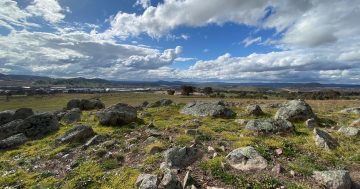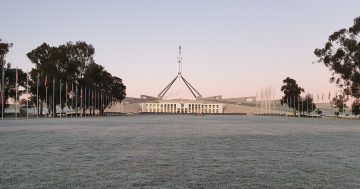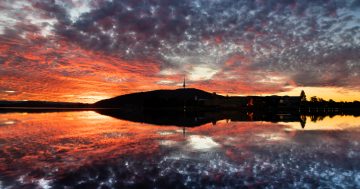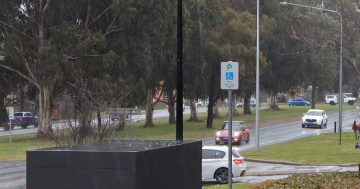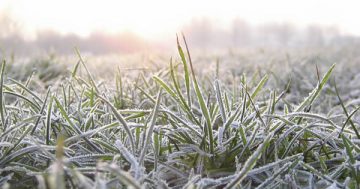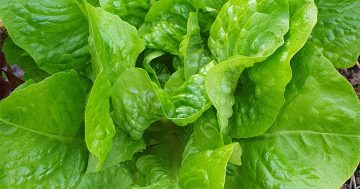I remember coming to Canberra in the early 1990s and it was colder and we had this thing called ‘ski fields’ just up the road. What’shappened? Has global warming wiped out cold weather? Is May warmer than it should be?
Canberra just doesn’t seem to be as cold as it used to be.











